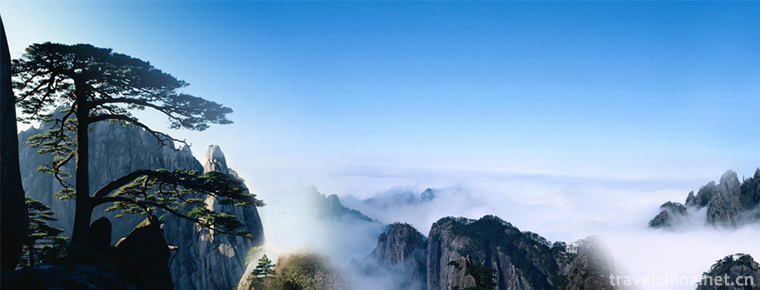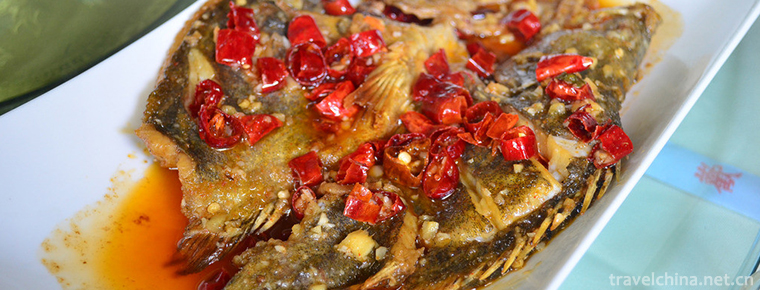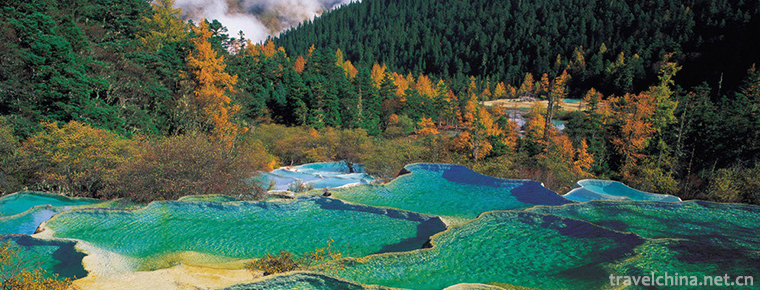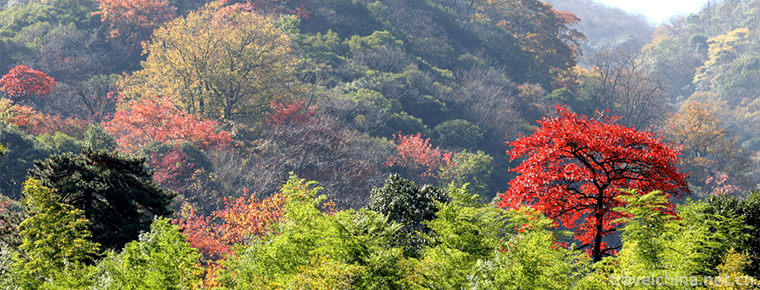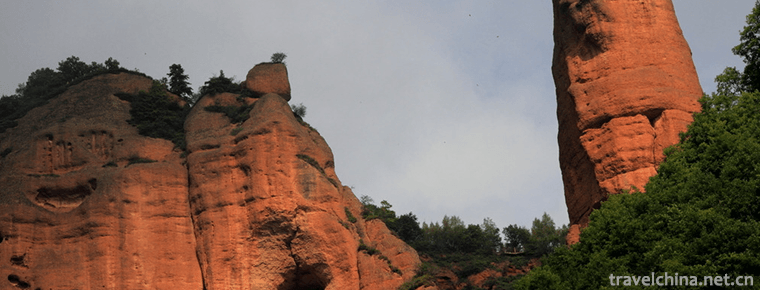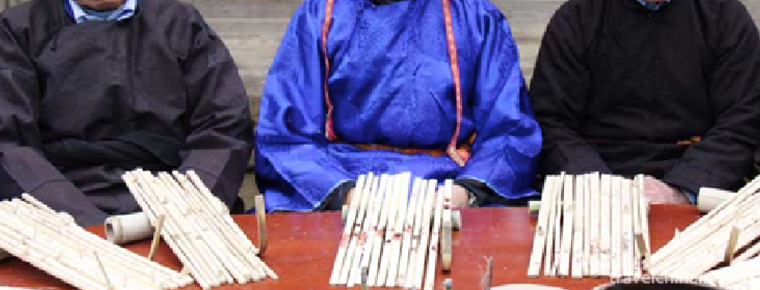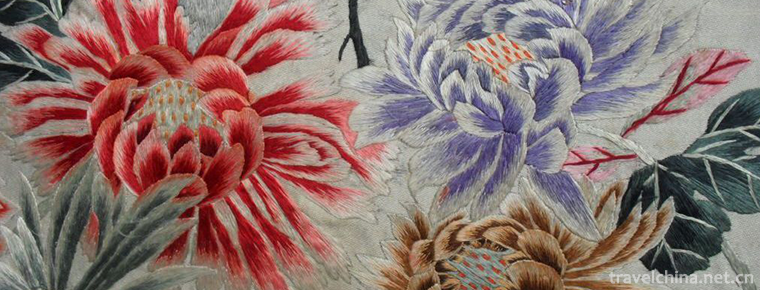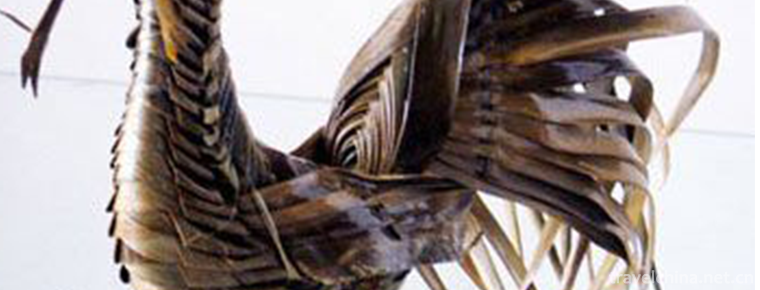Lhanagtso Rakshas
Lhanag-tso, also known as Rakshas, is located in Pulan County, Ali Prefecture, at an altitude of 4,574 meters. It is a brackish lake separated from the freshwater holy lake. Therefore, the lake can not be drunk by people and animals. This is probably the origin of the name of "ghost lake".
La Angcuo Ghost Lake La Angcuo is a close neighbor of the Holy Lake, the scenery is equally beautiful, the lake is equally blue to be intoxicated, but was dubbed "ghost lake" notorious, was added to another book. As a matter of fact, Shenghu Lake was originally a lake. The debris carried by the glacier accumulated in the middle of the original lake after the glacier melted, causing the lake bed to rise, and then global warming, evaporation aggravated the shrinkage of the glacier, reduced water supply, the area of the lake shrinked, causing the lake water level to drop.
In the process of lowering the water level, the middle part of the earth is high and the hills are exposed. Local people believe that the two lakes are connected, if one day the water of the Holy Lake flows into the ghost lake along the river channel, and at the same time into the golden fish and blue fish, the water of the ghost lake will become as sweet as the water of the Holy Lake.
Separated from the fresh lake, the lagoon is lagoon (also known as rakshas, 4573 meters). The water of La on Lake is dark blue and quite salty. There is no plant, no cattle, sheep, lifeless and lifeless. It is called ghost lake. A long, narrow Hill separates the Malpengyong fault from the Lao'an fault on the eastern side, and a canal (ganpa chu) connects the two lakes. Although it has always been dry, locals believe that one day water will cross Malpengyong into Lao'an fault, and a golden and red fish will swim into Lao'an fault, so the ghost lake will be. After water, it will become as sweet and sweet as MP. Occasionally, in special special years, when the water is big, there is water flowing in the canal.
There is a long way from Shenshan or Sanctuary Lake to Pulan near the ghost lake, less than a kilometer from the lake. Because of the unusual beauty of the lake, some travelers like to go to the lake to see what it is, but there is nothing there. La Ang, known as the ghost lake, is separated from the holy lake by a levee. The area between the two lakes is the only way to get in and out of Pulan County. It is said that ghost lake is three feet without wind. In fact, the scenery here is very beautiful. The red hills on the lake are very blurred. The pebble beach is like a white silver band, laid on the lakeside. There is also a small island in the lake, which is dark red. On the banks of Lake La Angco, a strange feeling often rises in one's chest: there is not a man or a beast in the vast lake area, and it is as if it were standing on the edge of the universe. It is said that Marbianco is connected with the bottom of La Angco Lake. On one side is the holy lake of fresh water, on the other side is the ghost lake of salt water. It can be said that La an error is also a fascinating landscape.
The Laangcuo ophiolite is a part of the Hugugab terrane, which is located in the South Asia of the western section of the Yarlung Zangbo ophiolite belt. Ophiolites are controlled by nearly E-W thrust faults, with Pulan metamorphic terrain in the South and non-stick strata in the north. The ophiolite was emplaced before the late third.
The rock assemblages of ophiolite undergo intense deformation, rock fragmentation, secondary thrusting faults along the body develop, strike near east-west, and dip steeply. The Laangco ophiolite consists of mantle peridotite, homogeneous gabbro, diabase dike and Pillow Basalt with radiolarian siliceous rocks. Cumulate rocks are distributed only locally and poorly developed. The ophiolite mantle olivine body is exposed for about 60 km, with a width of more than ten km and a maximum width of 20 km. Tilt to the south, the inclination is about 48 degrees -60 degrees. Rock alteration is strong. Homogeneous gabbro distributes in the southern margin of the mantle peridotite body, with a width of about 100 meters and a vein distribution, extending about 400 meters in the East-West direction. Rock alteration is strong. Pillow basalt with radiolarian siliceous rocks, distributed on both sides of the mantle peridotite body, exposed about 400 meters wide, rock alteration is strong.
The lagoon, ghost lake, is next to mar Yongpo, a brackish lake. Because the lake is not drinkable and there are few plants around the lakeshore, it is called "ghost Lake". La onco was once linked to Ma parung Yong, and was then divided into two lakes after the lake fell. So far there is a river between the two lakes. The water of the sacred lake can flow into the ghost lake. Mapan Yongcuo and La Angcuo were originally a lake, but later they were divided into two lakes because of geological and climatic changes. Experts have testified that the valley where Jiwu Village lies is the river that connects Mapan Yongcuo and Laoncuo. In rainy years, the river will connect the two lakes. Therefore, the name of ghost lake is purely fabricated by people. Perhaps Laon is mistaken for ghost lake, which just fulfills the people's idea that gods must have ghosts.
There was a clear sky in the upper part of Ma Pang Yong's mistake, but Laantso's cloud was rolled over. Why can it be that the name of La an has become a ghost lake? This is actually a very controversial matter. Obviously, it is a lake formed by water veins. Why do we have to distinguish a ghost lake?
In the village of Jiwu you can see the river that connects Mapan Yongcuo and Laon Cuo. It is long and winding and charming in the sunset. As the saying goes, evil is at stake. Under the snowy mountain of NMU Nani in Tibet, the good and evil live together, calm and eternal. Ghost Lake La'ang, meaning "toxic black lake" in Tibetan, is located in Pulan County, Ali District, at an altitude of 4573 meters, covering an area of 268 square kilometers, surrounded by natural pastures, inland saltwater lake. The ghost lake is on the wrong side of the lake.
According to legend, there is a cosmic door between the two lakes, which connects the water of the two lakes. The water quality of holy lake and ghost lake is completely different: the water of the holy lake is refreshing and sweet, but the water of ghost lake is bitter and bitter. The opposition between the two poles reminds one of the great symbols of the embrace of the Buddha and the Mother: the harmony and unity of the universe and even the spirit of a worm. Good and evil are two opposites, but here they are safe and peaceful. The ghost lake and the holy lake live under the same snowy mountain. There is no hatred, no war, and only the bleak years of each other. Ghost lake is often three feet without wind. The lake is a dark red hill, and its color is strange and blurred.
Walking along the lake, the cold wind is coming to the surface, like the thunder of the thunder. Standing on the shore of the ghost lake, a feeling of sadness rose from the chest, not the ancients before, after the absence of visitors; the sky is long, the earth is open, travelers like standing on the edge of the universe, but has never found the end of life. Tears of sorrow flowed ceaselessly, but were soon dried up by the strong wind. Only the lonely soul lingered in the lonely snow mountain day and night.
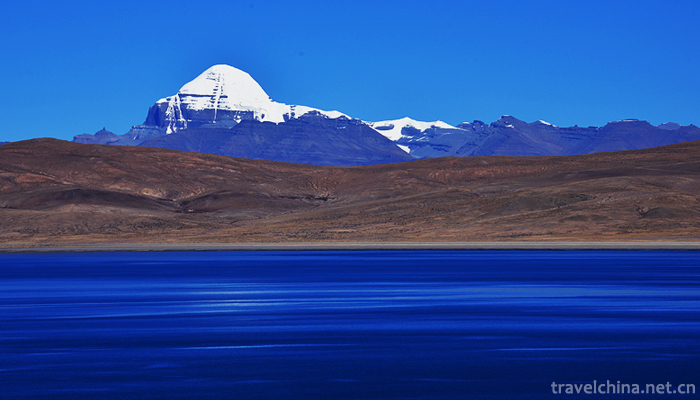
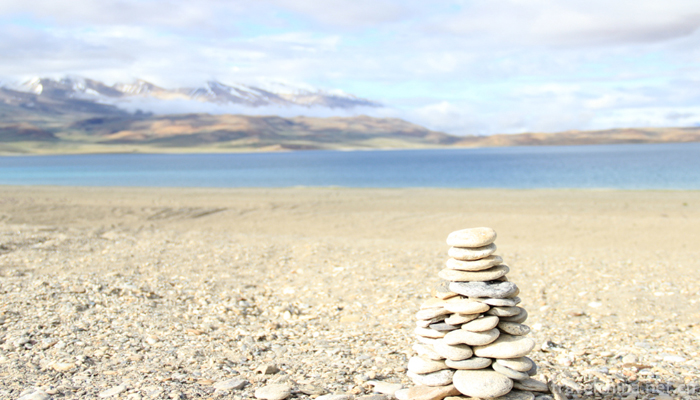
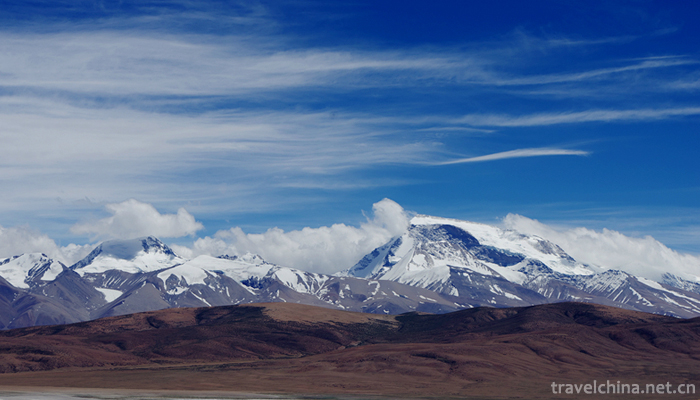

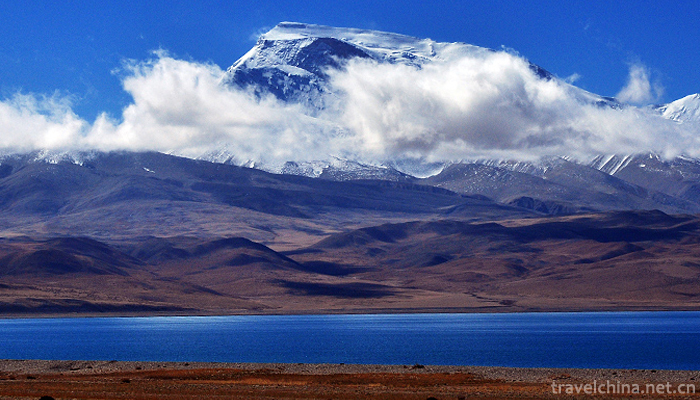
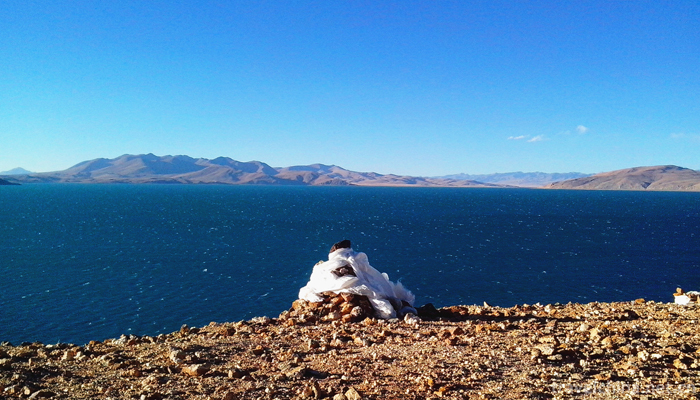
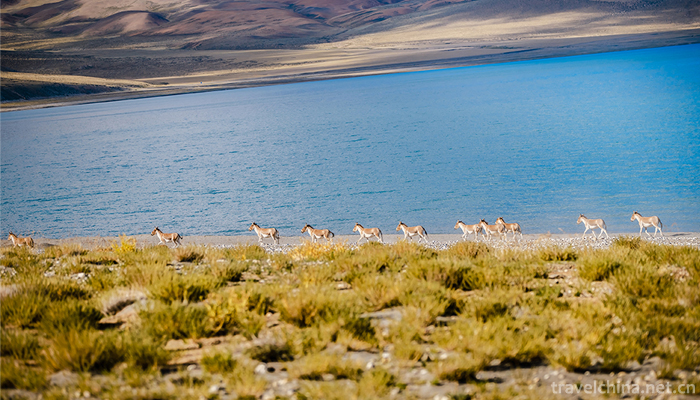

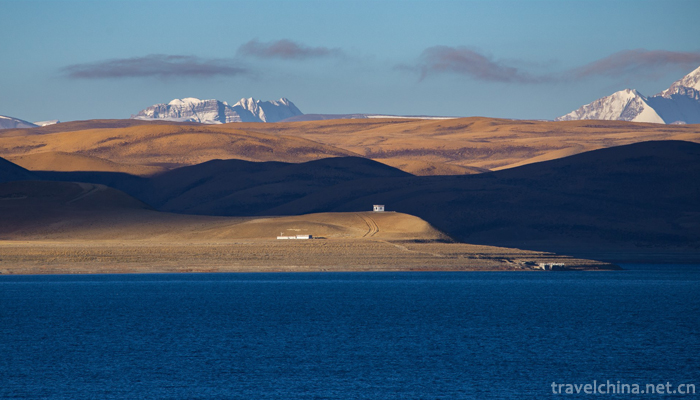
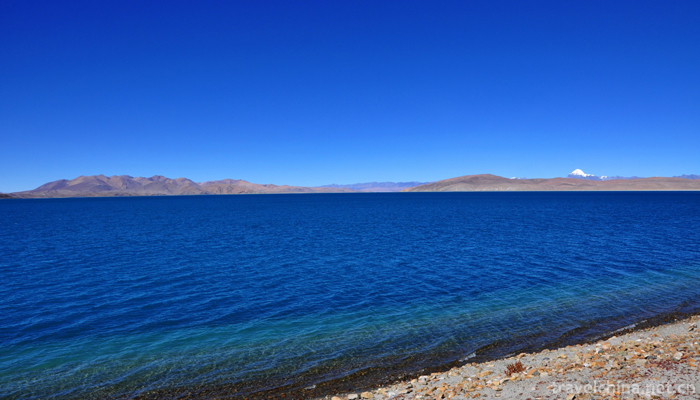
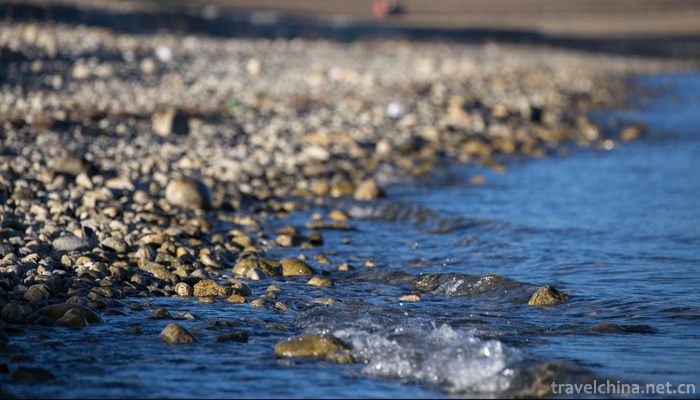
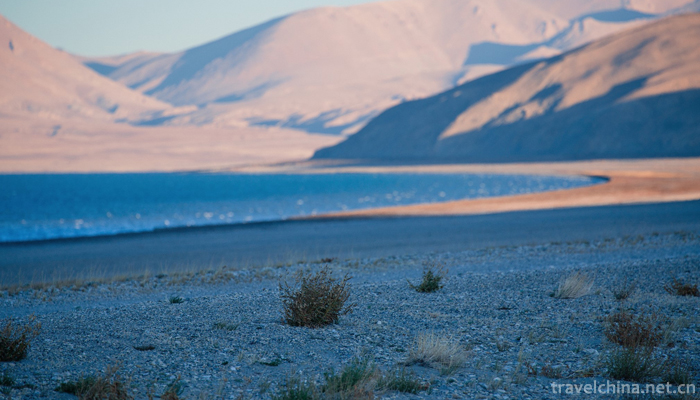
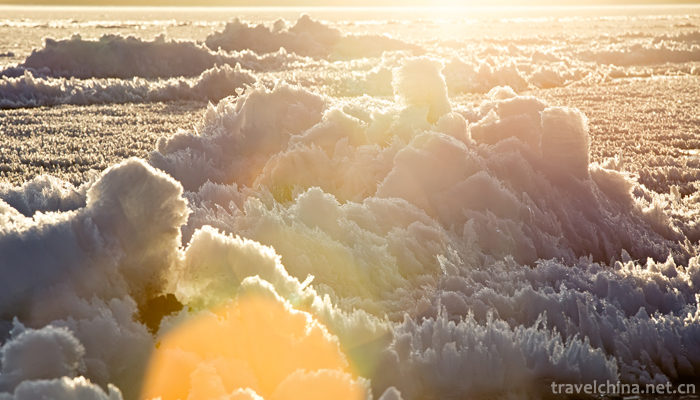

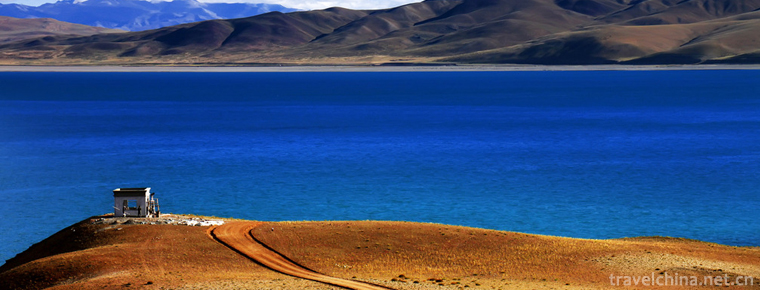
Lhanagtso Rakshas
-
Mount Huangshan
Huangshan: World Cultural and Natural Heritage, World Geopark, National AAAAA Class Scenic Spot, National Scenic Spot, National Civilized Scenic Spot Demonstration Site, Top Ten Famous Mountains...
Views: 269 Time 2018-10-28 -
Stinky mandarin fishMarinate mandarin fish
Stinky eel, also known as Stinky Osmanthus, Barrel Fresh Fish, Barrel Fresh Fish, Pickled Fresh Fish, is a traditional Huizhou dish, one of the representatives of Huizhou cuisine.
Views: 297 Time 2018-11-02 -
Huanglong Scenic Area
Huanglong Scenic Spot, World Natural Heritage, World Human and Biosphere Reserve, Green Globe 21 Certificate, National AAAAA Tourist Spot, National Key Scenic Spot.
Views: 191 Time 2018-12-12 -
Yunwushan Scenic Area
Yunwushan Scenic Spot is located in Paulownia Shop in the northwest of Huangpi District. It enjoys the reputation of "Xiling Resort Area, North Chu Famous Area, Beixi Border Barrier and Handizush
Views: 218 Time 2018-12-22 -
Yeliguan Scenic Area
Yeliguan Scenic Area is located in Lintan County, with Yeliguan of Lintan County as the center. It is divided into four scenic areas: Lianhuashan, Xixia, Dongxia and Yehai Lake.
Views: 179 Time 2018-12-26 -
Huang Yaguan the Great Wall
The Great Wall of Huangyaguan lies in the mountains 28 kilometers north of Jizhou District. Historically, there were 18 garrison piers and abutments in Jizhou City. Huangyaguan Pass
Views: 75 Time 2019-01-19 -
Miao Jia Li
Jiali, Miao is called "jaxlil". In the context of Miao language, "Jiali" is a synthesis of the semantics of "philosophy", "truth", "reason" and "
Views: 194 Time 2019-06-05 -
Suzhou embroidery
Suzhou embroidery is the general name of embroidery products in Suzhou area. Its origin is in Wuxian, Suzhou. Now it has spread all over Wuxi, Changzhou and other places. Embroidery and silkworm reari
Views: 135 Time 2019-06-17 -
Wulin Diao
Wulin Diao evolved from the folk propaganda of Baojuan and formed in the late Qing Dynasty. The performance form of Wulin tune is mainly sitting and singing, which combines narrative and singing. One
Views: 399 Time 2019-06-30 -
New brown leaf weaving
Xinfang Brown edition is one of the traditional handicraft products in China. It has entered the third batch of national intangible cultural heritage list recommendation project list. It originated in
Views: 503 Time 2019-08-16 -
Deyang climate
There are obvious differences in climate between the mountainous area in the northwest and the plain and hilly area in the southeast of Deyang City. The main climatic characteristics are: mild climate, four distinct seasons, abundant rainfall, long frost free period and obvious
Views: 91 Time 2020-12-14 -
Social undertakings in Guangyuan
In 2018, Guangyuan City achieved 31 major scientific and technological achievements throughout the year, and 1466 patents were applied, including 288 inventions and 931 authorized patents. 84 technical contracts were registered, and the transaction value
Views: 328 Time 2020-12-15
